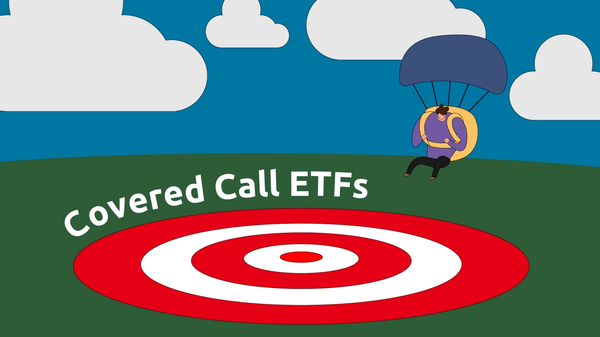Millionaire Teacher by Andrew Hallam is an international best-seller for a reason. As the title suggests, Hallam managed to become a millionaire on a teacher’s salary.
Like most of us, Hallam didn’t learn about personal finance at school. Instead, to fill this knowledge gap, he read more than 400 personal finance books before the age of 35.
Then he used what he learned to become a millionaire before 40.
His goal in writing this book was to pull back the curtain and show that it’s possible to become wealthy even if you’re not a high earner. He does a great job of explaining why you don’t need to be afraid of investing in the stock market on your own.
Specifically, he covers exactly what the subtitle of the book says: “The Nine Rules of Wealth You Should Have Learned in School”.
Rule 1. Spend like you want to grow rich
The first rule reminds us that there is a big difference between appearing rich (big house, luxury car, expensive clothes) and actually being rich (having a high net worth).
A pair of facts from the book drives this home: in 2009, most US homes worth over $1 million were owned by non-millionaires, while 90% of millionaires lived in homes worth under $1 million.
Related fact: the most popular car brand among millionaires is Toyota.
The millionaire next door won’t often have the newest, biggest or best things because “the surest way to grow rich over time is to start by spending less than you make.”
Rule 2. Use the greatest investment ally you have
Your greatest investment ally is time. By starting early, even with small amounts, you can outpace someone who contributes twice as much as you but starts later.
This is due to the magic of compound interest, which Einstein called the 8th wonder of the world.
To demonstrate how starting to invest early gives you a major advantage, personal finance guru Ramit Sethi created the infographic below. Essentially, just because Smart Sally started to invest 10 years earlier than Dumb Dan, she was able to contribute 3x less money to her investments, and her nest egg still ended up having $50,000 more than Dan’s.
Image credit: Ramit Sethi
Start as early as you can, and you’ll be thanking yourself later.
Rule 3. Small fees pack big punches
We’ve mentioned this rule many times in the blog.
Pay attention to seemingly small fees, as they can add up over time.
For example, say you have $100 you want to use to buy a stock, but your brokerage charges you $9.99 for each transaction. That means that you’ve immediately lost 10% of your investment. Plus, remember that you’ll likely be paying again when you eventually sell. You can pay less in fees by either 1) buying stocks with low or no commission at low-cost brokerages like Questrade or 2) only buying once you have more money saved up.
The other super-important fee you need to pay attention to is your fund’s management expense ratio or MER, which can be above 2.5% for mutual funds. Rather than losing out on investment gains because of high fees, switch to a robo-advisor or index funds because they both have significantly lower fees (often under 1%).
Rule 4. Conquer the enemy in the mirror
Don’t underestimate just how much you can get in your own way when investing. It’s in our nature to be irrational investors. This chapter teaches you how to be a rational one.
Rule 5. Build mountains of money with a responsible portfolio
A diversified, balanced, passive portfolio gets good returns over time while minimizing volatility that can cause investors (especially novice ones) to panic. Here you’ll learn what a balanced portfolio looks like.
Rule 6. Sample a “round the world” ticket to indexing
In this chapter, Hallam shows how you can become an index investor in the US, Canada, Great Britain, Australia, and Singapore, with country-specific tips.
Rule 7. No, you don’t have to invest on your own
Know thyself.
Ask yourself: will you sell assets that did well to buy assets that did poorly – in other words, properly rebalance your portfolio? Will you throw new cash into assets that have been in the red for months, rather than at ones that have been rocketing up all year?
If you don’t trust yourself to make rational rather than emotional investment decisions, it may be best to pay someone to manage your investments. Hallam suggests various companies in different countries that can help you out with this.
Rule 8. Peek inside a pilferer’s playbook
This is an incredibly insightful chapter, where you get a peek at how investment advisors at big banks and firms will try to win you back to their side (meaning, getting you to keep buying expensive mutual funds that pad their bank account – not yours).
Rule 9. Avoid seduction
In the end, passive investing is a sure way to build wealth over decades, with minimal effort. You can spend as little as an hour each year on your investment portfolio and get the same returns as someone who compulsively checks how the stock market is doing, or spends their days reading financial reports.
And you’ll probably do better long-term than someone who puts 100% of their savings into cryptocurrency or weed stocks.
Passive index investing is a decidedly unsexy way to build wealth, and we humans prefer action over inaction – even if we’re worse for it in the end.
Do yourself a favour and pick up a copy of Millionaire Teacher today.
Fight your instincts, automate saving & investing and rebalance yearly. And if you find it boring to manage your portfolio, give Passiv a try for free today.


